How new tech and family tradition produced a bumper crop in the U.S. Corn Belt
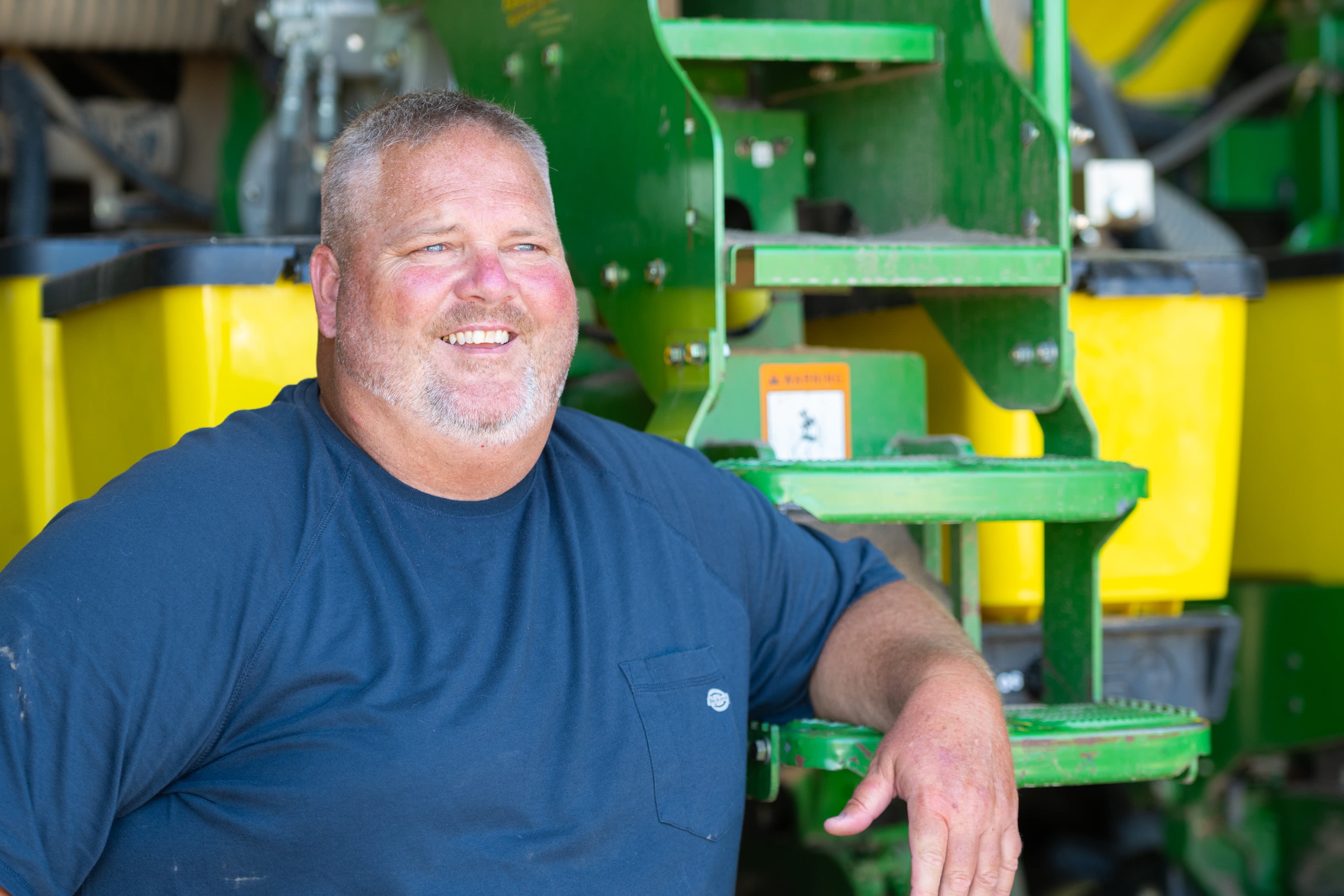
Jack Shissler’s setup in west-central Illinois in many ways typifies family farming across the Corn Belt. It’s a humble, multi-generational workforce of two (including his father, Tom), deep roots in the community, and acreage filled each summer with corn and soybeans.
“My great, great, great whatever grandfather homesteaded a piece of the ground where our company ended up being,” he said. “There’s a creek running through, and you can see why he stopped there for that ground. That creek still runs to this day.”
Look closely, however, and the six-generation farm reveals itself more of an exemplar of the shift from traditional farming methods — using the family’s time-honored knowledge of the land, the crops, and the local environment — to something that updates those traditions with data and modern agronomic science. While farmers have always been informed by science, of course, the pace and perils of climate change have nudged tradition-bound family farms toward new laboratory-driven approaches more forcefully than ever.
“They started calling it precision farming,” said Shissler, 50, who recently took over management of the family’s prime farming ground from his father. “You’re trying every little angle.”
These approaches, driven by Syngenta Group products and advisory services, last fall delivered Shissler an eye-popping yield of 302 bushels per acre in a national corn-growing contest. (The average U.S. corn yield is 177 bushels per acre.) That result would have turned heads no matter how big the farming operation, but Shissler’s approach was especially impressive for what it didn’t include: artificial irrigation, tilling or extensive use of fertilizer.
“I didn’t put Miracle Grow on every ear. I didn’t talk to the corn every day,” Shissler said. “It was a natural thing.”
That light-touch approach was necessary given that Shissler’s farm has just one part-time employee supporting the father-son team. And the no-till approach — no plowing before planting, which is a key component of regenerative agriculture — not only saved time and fuel costs while reducing carbon emissions, but also helped harness the soil’s natural nutrients and moisture retention.
But the high yield was mostly made possible by tech-enabled farming, which Syngenta has in recent years delivered to family farming operations like the Shisslers’, helping them boost production and profitability despite increasingly harsh climate conditions.
Meanwhile, both the science of Syngenta’s Golden Harvest seeds, and the company’s innovative sales and advisory service, GHX by Golden Harvest, are helping a new generation of digital-native farmers take the baton from their forebears and sprint into the future of agriculture in a changing environment.
Much More Than “Selling You A Bag Of Seed”
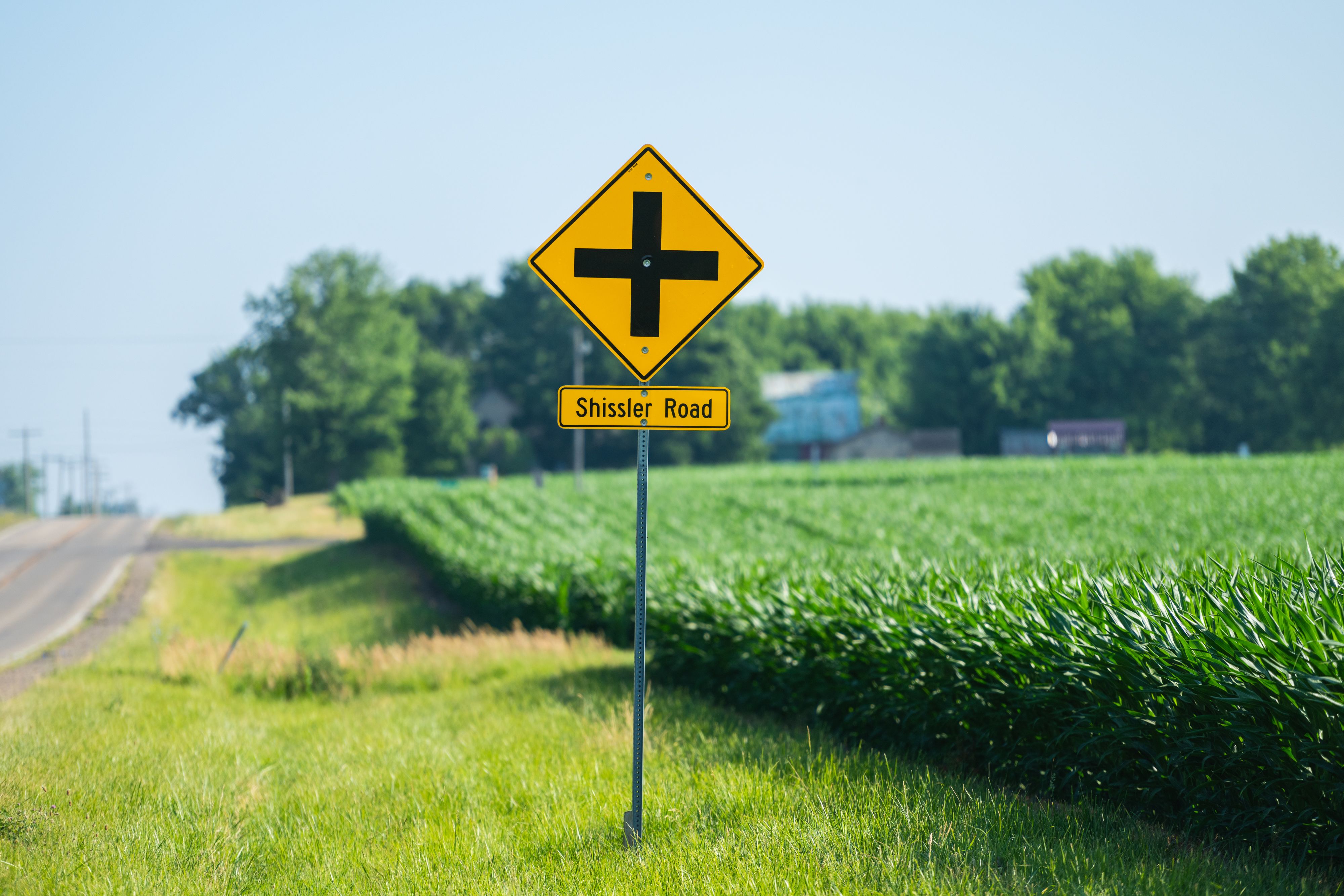
There’s an almost poetic element to Shissler’s involvement in the shift to tech-enabled farming, given that his family was once a significant regional grower and seller of seed. Historically, many seed sellers have simply packaged their product, sold it in bulk, and left it to their customers to grow their corn as they saw fit.
Golden Harvest sellers, instead, partner with their customers to offer a wide range of support, including soil analysis and terrain mapping (both satellite and drone-supported), digital tools for tracking a crop’s progress, and ongoing counsel to help optimize a farmer’s choice of seed, fungicide, fertilizer and other crop management elements.
“This industry focuses way too hard on just selling you a bag of seed and you’re done,” said Jason Gumbart, who, as owner of Apex Seed Company, is Shissler’s licensed Golden Harvest seed dealer. “I’m asking questions: Where’s this going to be planted? How will you plant it? What are your farm management practices? That’s what helps us grow together.”
In Shissler’s case, those early conversations yielded two key pieces of advice: seed variety and fungicide.
The conversation about seed variety began in 2020 when Shissler’s father, who had run the family’s farming business for decades, offered his son 40 acres to manage. Seed choice is always a pivotal decision. But it was an even higher-stakes choice for the younger Shissler, given the family’s background in seed sales.
When the Shissler family sold the seed business in 1991 to an international company, many of the family’s employees stayed with the new company — as did Tom Shissler’s loyalty. But with few personal ties to the legacy seed-growing business, the younger Shissler felt freer to experiment.
Of course, Jack also knew that if he chose a poorly performing seed variety, he’d face harsh consequences. “I’d have to listen to my Dad tell me about it forever,” he said, laughing.
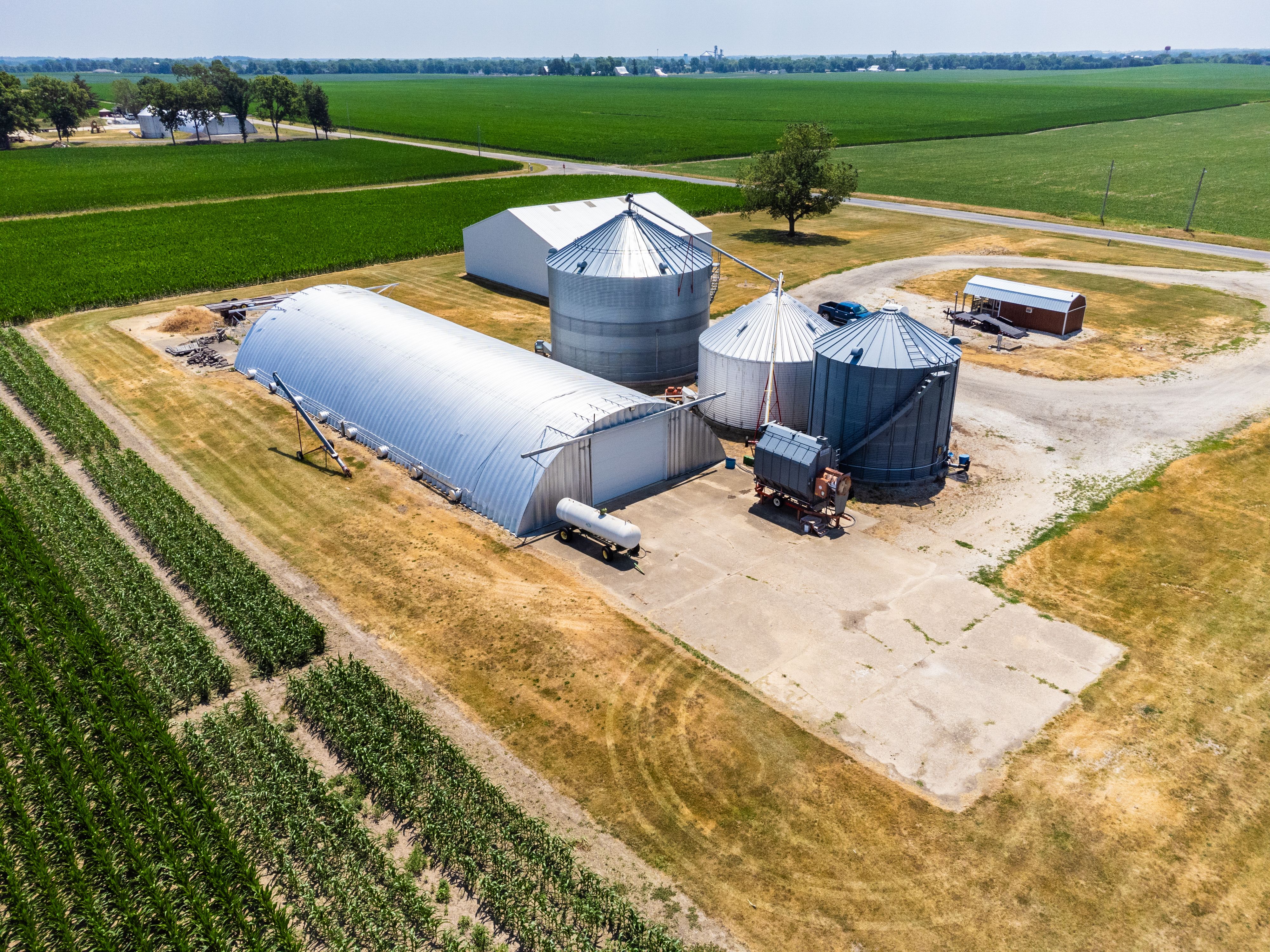
Golden Harvest sellers provide ongoing counsel to help optimize a farmer’s choice of seed, fungicide, fertilizer and other crop management elements
Golden Harvest sellers provide ongoing counsel to help optimize a farmer’s choice of seed, fungicide, fertilizer and other crop management elements
Standing Up To Extreme Weather

Gumbart and the team of local Golden Harvest agronomists, led by Steven Wilkens, recommended a new seed variety — G15J91-V, which Wilkens refers to as “15J” for short. This variety has shown strong ability to withstand drought, flash weather events like storms, and sharp changes in heat intensity — all of which have visited Corn Belt farmers more frequently in recent years due to climate change.
“Before Syngenta brings a new seed to market there’s extensive testing for years throughout the entire Midwest, and they’re constantly looking at how the genetics interact with the environment,” Wilkens said. “15J’s ability to handle extreme weather is very, very good.”
The Golden Harvest team made a second key recommendation — namely, fungicide. Syngenta’s Miravis Neo fungicide is designed to combat diseases such as Southern Rust and Tar Spot.
Tar Spot has grown more prevalent amid the Midwest’s increasingly humid summer weather. Miravis Neo also features stress-relieving properties that help the plant grow even under duress, as in the case of drought or excessive heat.
In making their recommendations, the Golden Harvest team was mindful of the leadership change that was happening at the farm, and how that could factor into their efforts.
"With multi-generational farms,” Wilkens said, “the older generation developed a method of production that was successful for them over their farming career, and they tend to be a little more cautious about making changes or spending money in new ways. The younger generation tends to be more open to trying new practices and trusting the expertise industry can provide.”
Jack Shissler said the Golden Harvest team earned his trust. “I got lucky,” he said. “They put their science behind it. They answer your call. They talk to you. They’re like friends.”
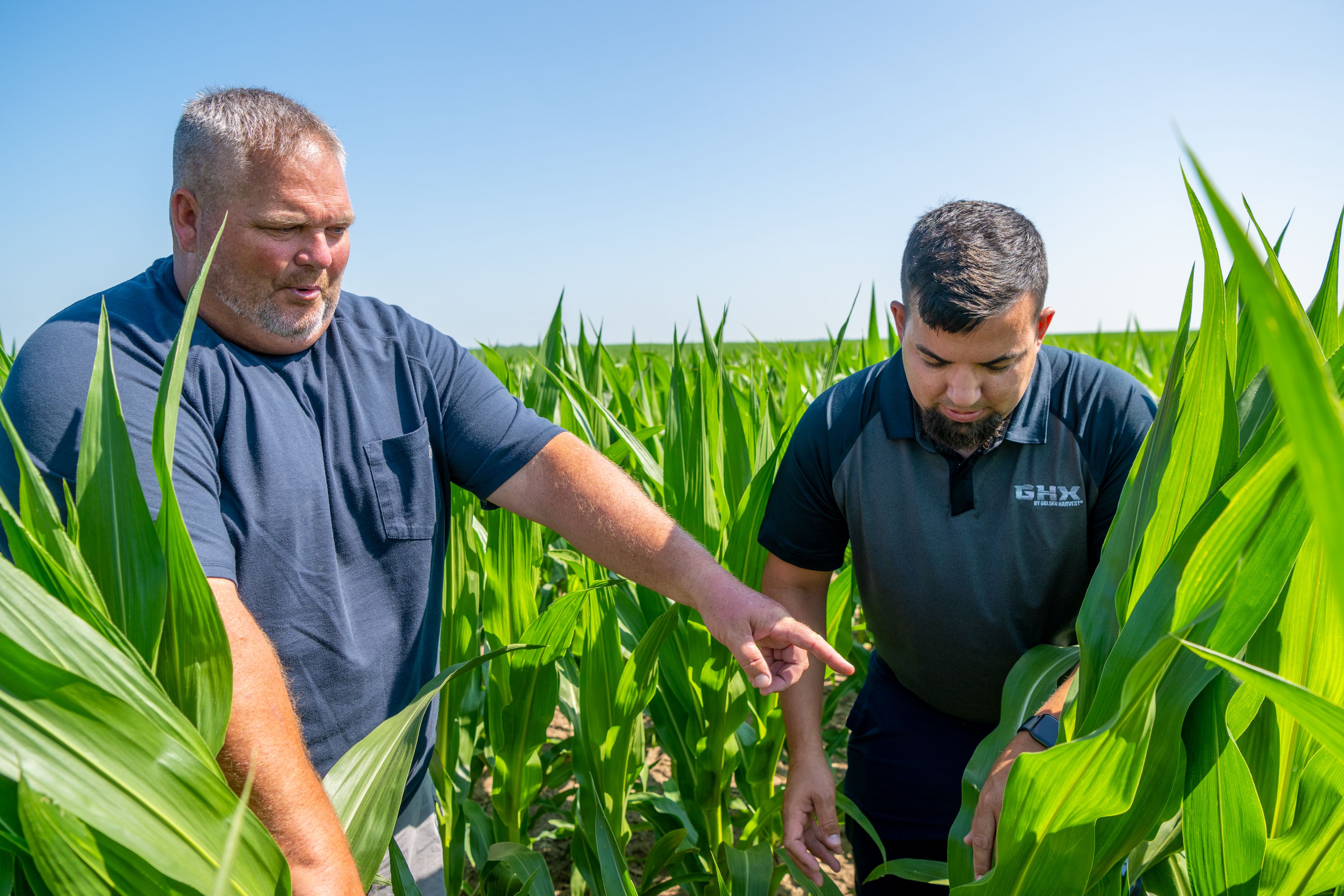
Jack Shissler, left, with his Golden Harvest seed dealer, Jason Gumbart.
Jack Shissler, left, with his Golden Harvest seed dealer, Jason Gumbart.
A Growing Partnership
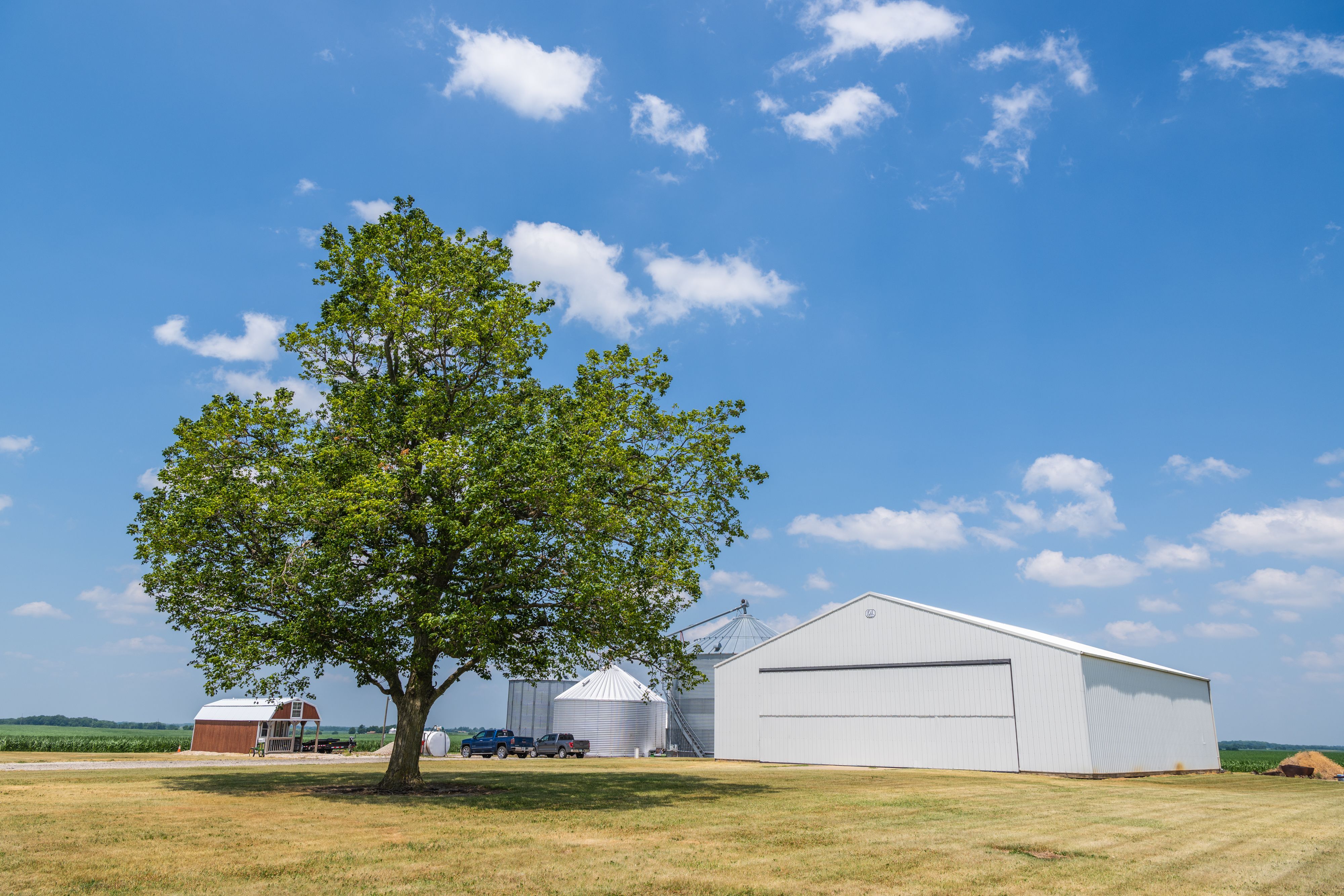
In 2020, the first year Shissler tested the Golden Harvest team’s recommendations, rising humidity helped trigger a Tar Spot outbreak in his region. “It destroyed people’s crops, and on some of our ground we were only picking 209 or 210 bushels per acre,” he said. But on the fields that had been protected with Miravis Neo, “it was 260,” he said. “Same corn.”
Shissler’s winning strategy in 2020 earned him twice as many acres to manage the following year, and again his yields compared well to those of his father. In fact, on one test plot using 15J, Shissler’s yield was 309 bushels per acre.
So when, in 2022, Tom handed his son control of roughly 700 acres to farm, Gumbart and the rest of the Golden Harvest team sensed the time was right to bring their partnership with Shissler to a new level.
They began by enrolling Shissler in Syngenta’s new GHX program, which offers farmers the opportunity to greatly reduce their financial risk in several ways. First, farmers can select seeds much closer to the time of planting, when they have a clearer understanding of the growing conditions and their land, staffing and equipment. Often, farmers must commit to seed purchases as early as the previous fall — sometimes even before they’ve even harvested that year’s crops.
With GHX, farmers can buy and plant seed on a per-acre basis, so they can more precisely match their local environments with the seeds that will perform best on that soil. Such matchmaking is aided by the use of Syngenta's tech-enabled tools, like drones and digital analysis of the land, which would typically be beyond the capability of a two-man farming operation.
The GHX counsel extends to even finer recommendations, as with the number of seeds to be planted per acre. Indeed, following the team’s advice, Shissler planted 35,500 seeds per acre of 15J, a significant increase from his typical practice.
“A lot of growers will plant different populations — from 25,000 seeds per acre to 40,000,” Wilkens said. “We felt very confident that to get high yields out of 15J we needed to be closer to 36,000.”
Similarly, the GHX team and Golden Harvest’s agronomy specialists helped guide Shissler on how to manage the planting so that his seedlings emerged from the soil at roughly the same time, which is a critical step in establishing a strong crop. While this may sound easy, it’s actually “excruciatingly hard,” Wilkins said. “But Jack was able to execute the plan really, really well.”
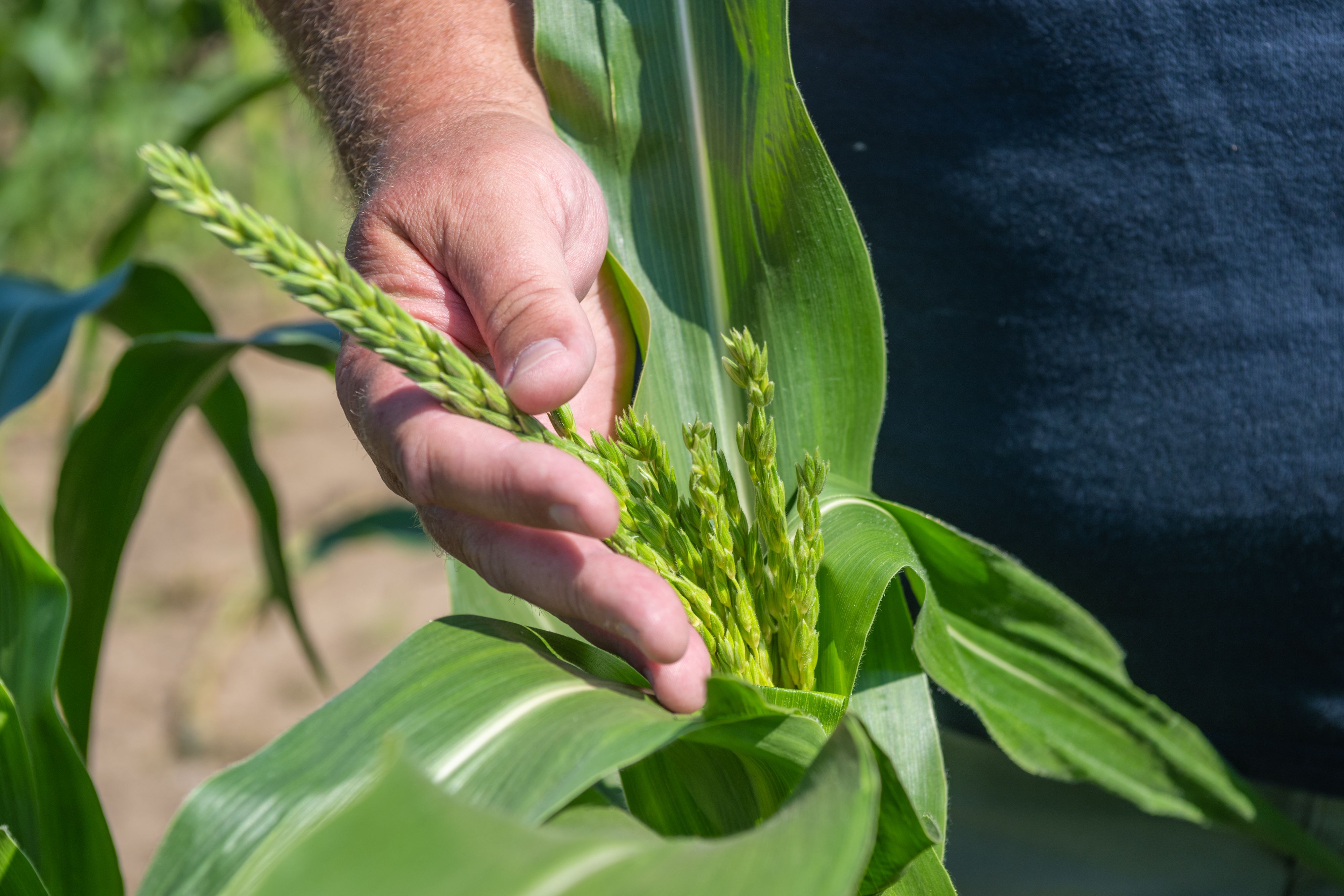
Farmers can precisely match their local environments with the seeds that will perform best on that soil, aided by Syngenta’s tech-enabled tools.
Farmers can precisely match their local environments with the seeds that will perform best on that soil, aided by Syngenta’s tech-enabled tools.

